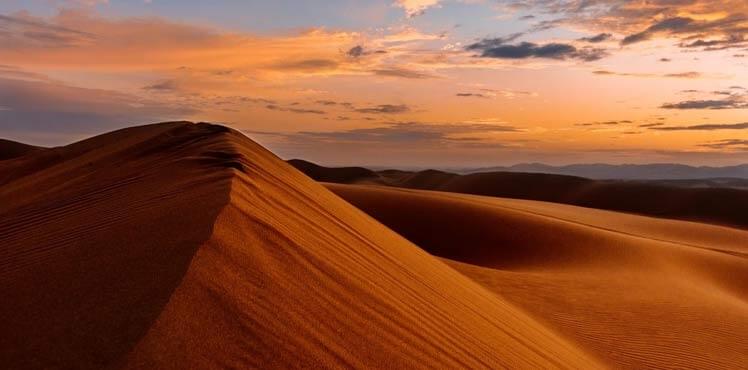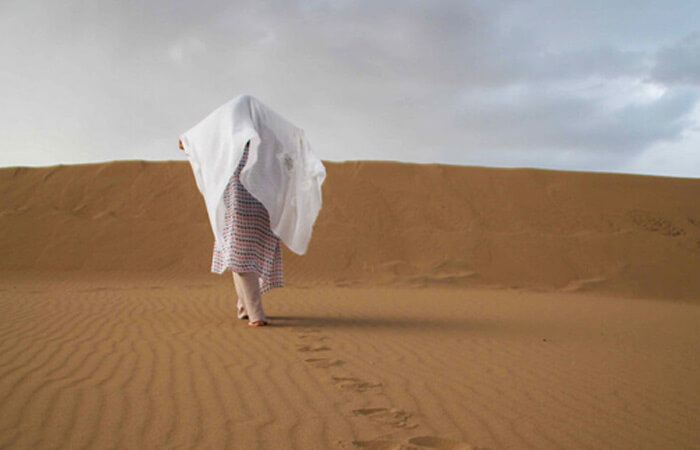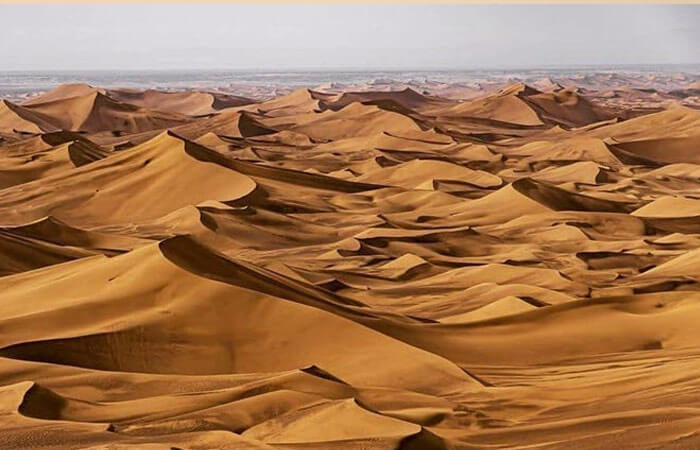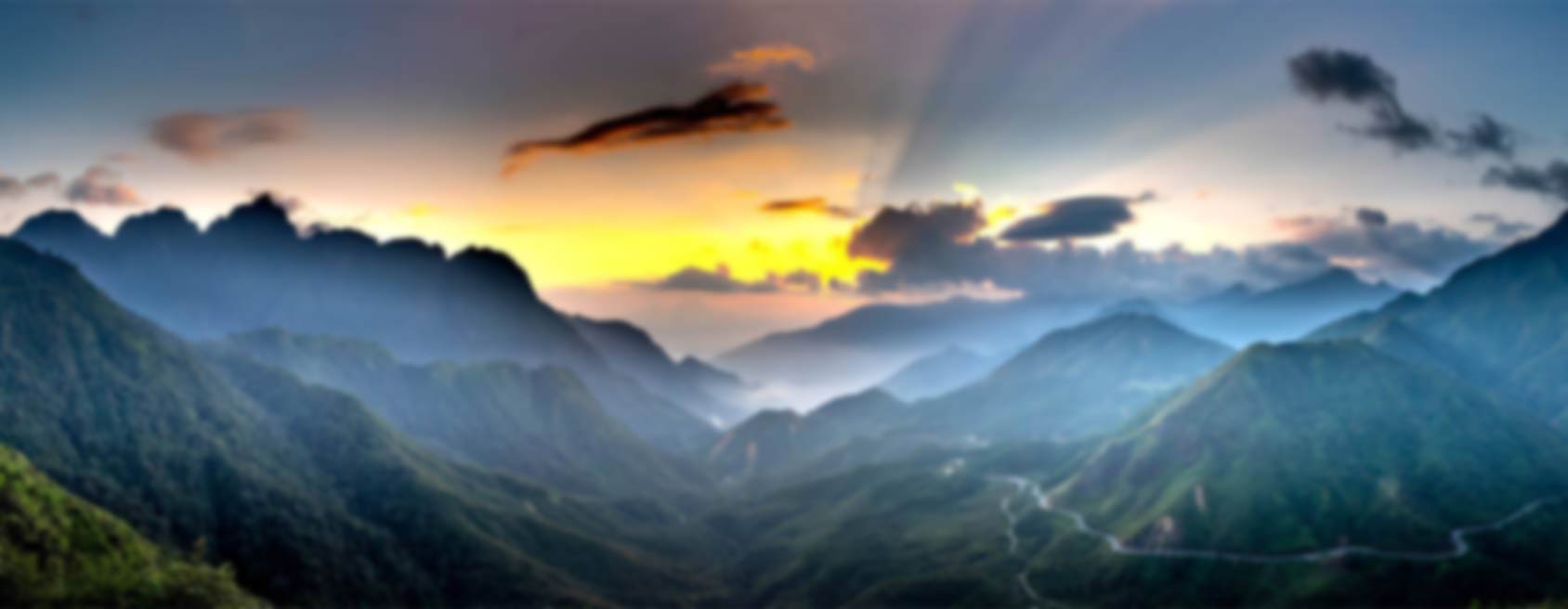
all about deserts in Iran
Iran is an arid country, perhaps it seems more like stating the obvious. However, this arid weather is the reason behind so many deserts in the country. A great percentage of the lands in Iran desert tour are arid or semiarid based on their average rainfall. Here, we would like to talk about what this terminology means, what it means exactly to be an arid country. Then, we will talk about the desert and their related terminology in Iran to have a more general idea about them. Check out Iran tour packages in Atour’s website.
What is an Arid Area?
Simply put, any region with an average rainfall of below 500 mm a year is arid. These regions may belong to one of the following four categories of semi-arid, arid, semi-dry, and dry with the semi-dry having the most average rainfall and arid the least. The average rainfall in these areas are:
Semi-dry: 250 to 450 mm
Dry: 100 to 250 mm
Semiarid: 50 to 100 mm
Arid: less than 50 mm
The arid areas may be extremely arid with 20 to 50 mm average rainfall, or hyper-arid with less than 20mm rainfall.

What is a Desert?
The arid areas with less than 50 mm of average rainfall are deserts. These areas lack vegetation and animal life, or at least very scarce flora and fauna. The term used to refer to such an area in Farsi is Biaban. It is a vast term that can cover any land with few to no plant and animal life.
Since the term is very broad and there exist many different forms of these lands, categorization is in order. Based on different criteria, deserts have different categories. For example, based on the nature of their origin they may be natural or human-made, based on the reason of their existence they may be climatic or pedologic, and based on their location they may be inland or coastal.
Kavir, Biaban, and Desert
After going through what the word Biaban means, we come to another term in Farsi or Kavir. Although the word is translated in English as desert, however, it is different from the arid land that we defined and termed as Biaban. Interestingly, many are not aware of the difference even in Iran and use the words as equivalent to one another, however, they are definitely different. In fact, Kavir is the driest part of the Biaban. Where Biaban has scarce plant and animal life, Kavir absolutely lacks any.
As mentioned, Kavir is the driest part of Biaban. But it also is the lowest part of it. Here is what happens, since this part of Biaban is the lowest, the seasonal showers and flood washes the salt and brings it to the lower land making the soil so rich in salt that no plant can grow in it. There is also the high evaporation rate which increases the amount of salt in the soil. Different Deserts in Iran
Different deserts of Iran
On general, Iran has two Biaban Zone. One is the Lut and the other Dasht-e Kavir. Just to clear any confusion, Dasht-e Kavir is the name of a Biaban Zone in Iran and does not mean that it is the name of a Kavir. Now, let us go to the Kavirs of Iran. The Kavirs of Iran are plenty in number since a great part of Iran is in reality Biaban. Here, based on the provinces, we give some very short insight to the Kavirs you can visit and enjoy. Naturally, there are many other Iran desert tour, that do not fit this division.
Different Deserts in Iran: East Azerbaijan
This Kavir is bound from west and south with Lake Urmia and it mostly borders south and east of Shabestar city. The Kavir in this area do not have a specific amount of salt in the surface of the land. Therefore, almost everywhere, we can find plant life and greenery even if it is not much. In reality, the amount of rainfall and the amount of salt at the surface makes it possible for different desert plans to grow there.

Different Deserts in Iran: Yazd
Yazd in general is an arid and desert-like province. It has around 10 almost big Kavirs and many smaller ones. The westernmost regions of the province are rich in Sodium sulfate. Actually, it has the highest amount of Sodium Sulfate in all Kavirs of Iran. The Kavirs in this area usually do not have visible salt crust like Siahkuh Kavir in the north of Ardakan with a Swampy area or Abarkuh Kavir in Marvdast. Usually, these Kavirs are known as arid and not salty. That is why the most interesting Kavir in Yazd is Saqand. It does have a salty crust and you can see different magnificent desert phenomena including salt polygons there.

Different Deserts in Iran: Kerman
Naturally, with the desert of Lut being part of Kerman province, it has many Kavirs. The Kavirs in Lut have many attractions including salt polygons, salt burst in shape of egg, and Yardangs. You can see these phenomena and many more in Kavirs such as Goojar and Goudsar Namak that are created because of Birjand River and its salty river. However, next to all that, there is the Sirjan Kavir. It is in the southeast of Sirjan city and couple of rivers end up in this desert with their salt water. Here, you can have a view of the desert phenomena including polygons and the rest.
The Lut desert, with an area of around 80 thousand square kilometers, is in the south east of Iran. Based on the geological properties and the topography, Lut is divided to three different sections. In Lut, we have the North, South and Central Lut. The lowest section of the desert is its central area. This section is also the biggest and it has many different desert phenomena. Lut is the driest desert of the country. The greenery and plant life are very scarce. There is even a section of around 30 thousand kilometers in the center that lacks any plant life. Here is also, where the highest temperature of the world has been registered.

Different Deserts in Iran: Fars
We cannot find Kavirs in the form we see in for example Kerman or Yazd. However, there are still some lands that can be considered as a Kavir. For example, there is the Bakhtegan Lake. In winters and with the water flowing down to the lake, it becomes a swampy lake. However, in summers and with the high level of evaporation, the areas around the Lake are similar to arid Kavirs with no salt crust. On general, the Kavirs in Fars province are around lakes and swamps.

Different Deserts in Iran: Namak Desert
Namak desert is a vast area south of Alborz Mountain Range. It covers parts or all of the Khorasan, Sistan, Qom, Kashan and Yazd. From east to west, it is around 600 kilometers, and from north to south, around 100 to 300 kilometer. With a very slow decrease, the mountains lead to the central lowest point. Interestingly, a great part of the desert is sand, pebbles and gravels. The strong winds of the area move the sands and salt from one place to another making huge mound. These mounds or sand dunes are one of the highlights of deserts. Namak is also a very arid area and has an average rainfall of 100 milimeter.

Different Deserts in Iran: Mesr Desert
Mesr is an area in the central deserts of Iran known for the beauty of its sand dunes, vegetation, and scenery. The word Mesr is the Persian equivalent of Egypt. Many years ago, a young shepherd lived in this area. The constant drought had made the life of the locals unbearable. The wells that the water experts found were shallow and dried soon.
One day, the young shepherd whose name was Yousef (Josef) knew that if a new water source is not found, villagers must leave. They had to abandon the village and find a new place to live in. He started searching for water; and finally, he found a suitable place and made a well in the desert. The well, saved the village. Yousef became a hero for what he did. He asked the villagers to call the area Mesr from now. It was a tribute to prophet Josef who Yousef was named after. Because Josef lived in Egypt, the village became Mesr.

Where is it, how to get there
The village of Mesr is in the Janda area, near Khur and in Isfahan Province. The usual pass to this area is through Persian Gulf freeway and the cities of Qom and Kashan. After Kashan, you have to leave Persian Gulf freeway and head to Zavare and Anarak. The whole drive to Mesr from Tehran has an average of around 8 hours. If you are heading to this area, do not forget the village of Farahzad and its surrounding. It is an especially good place for watching the starry nights of the desert.
Bottom line
Iran has a lot of exquisite deserts that are tourist destinations nowadays.






